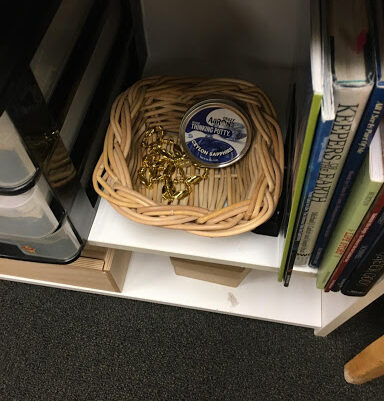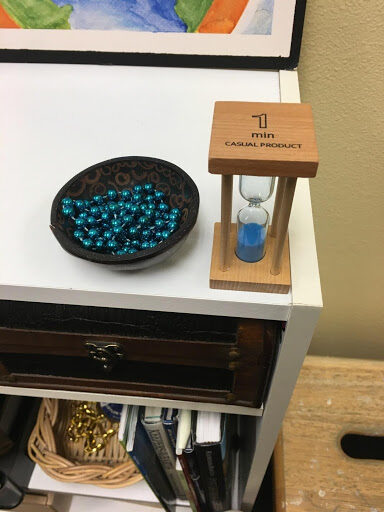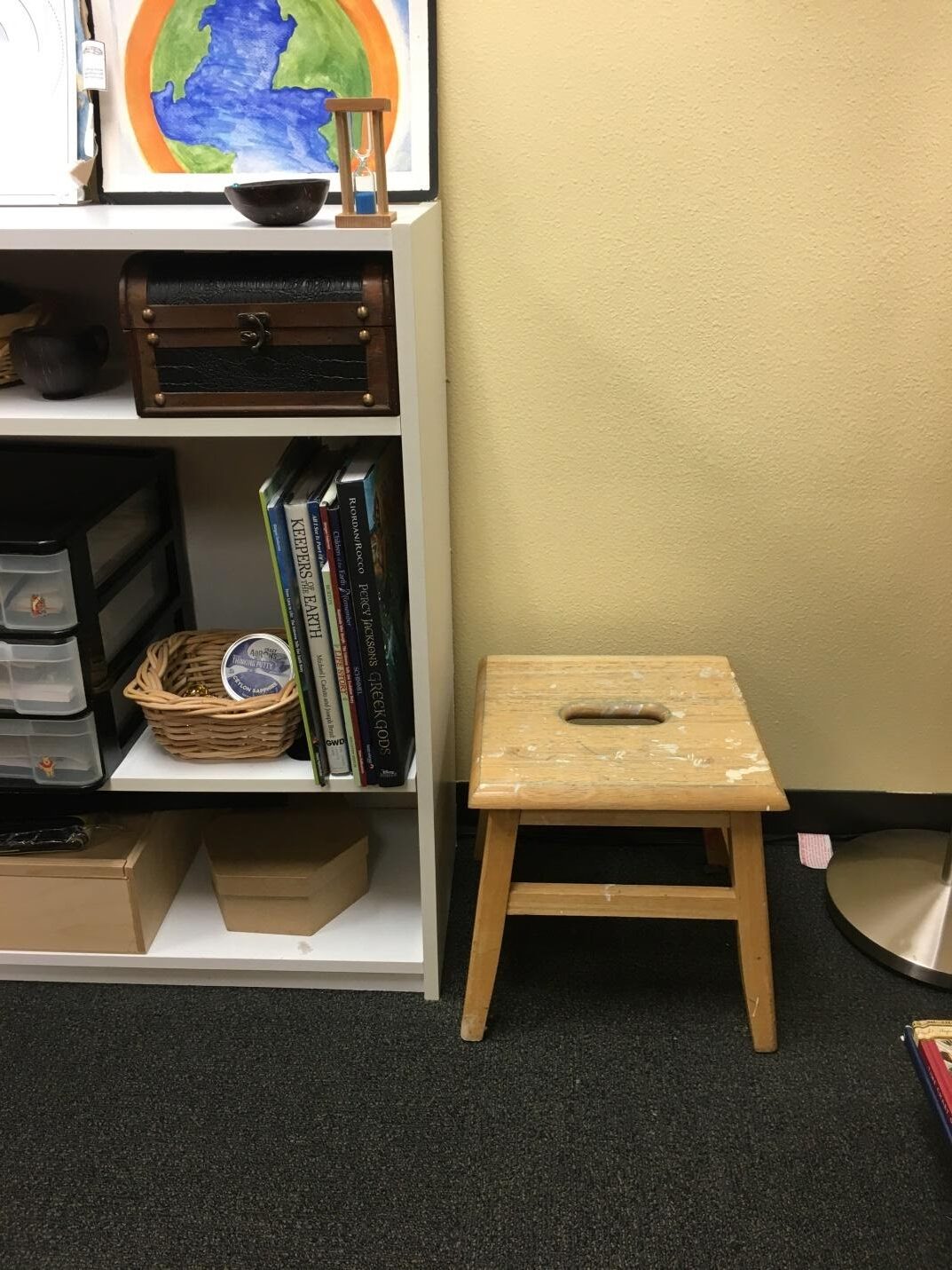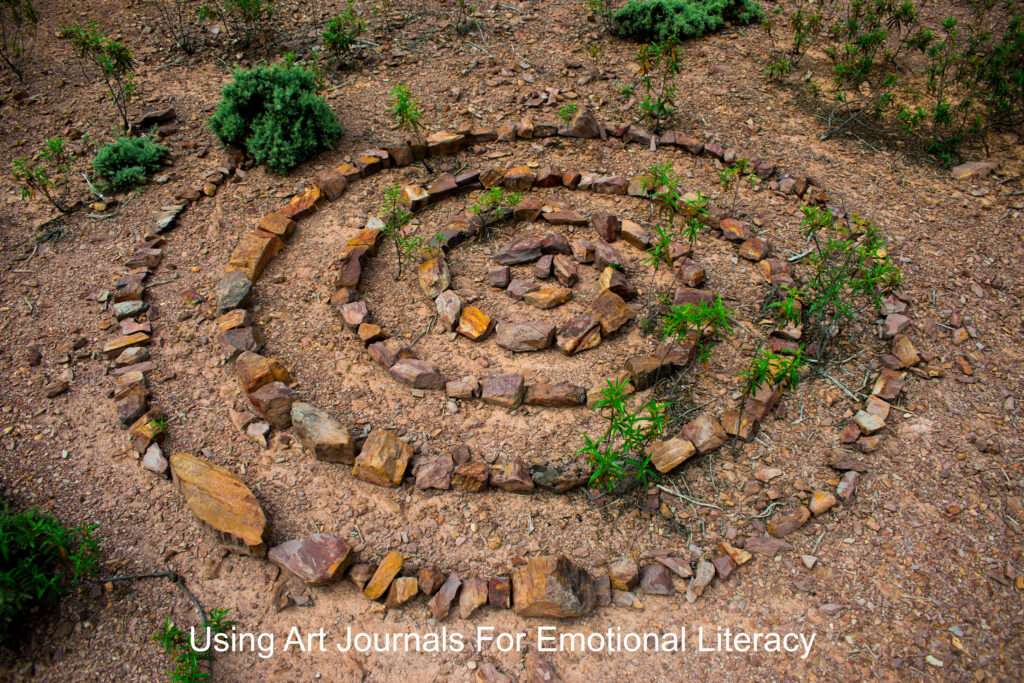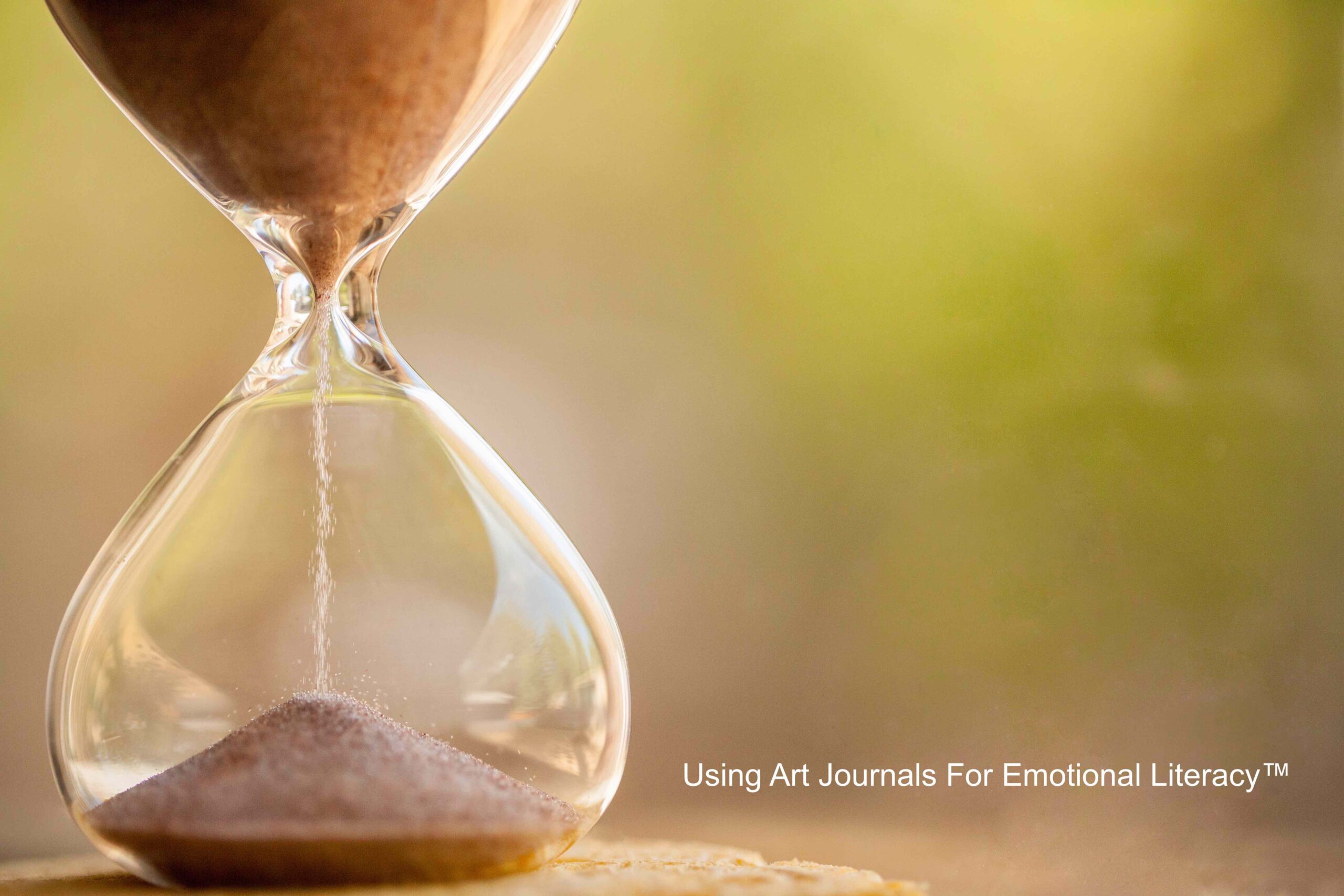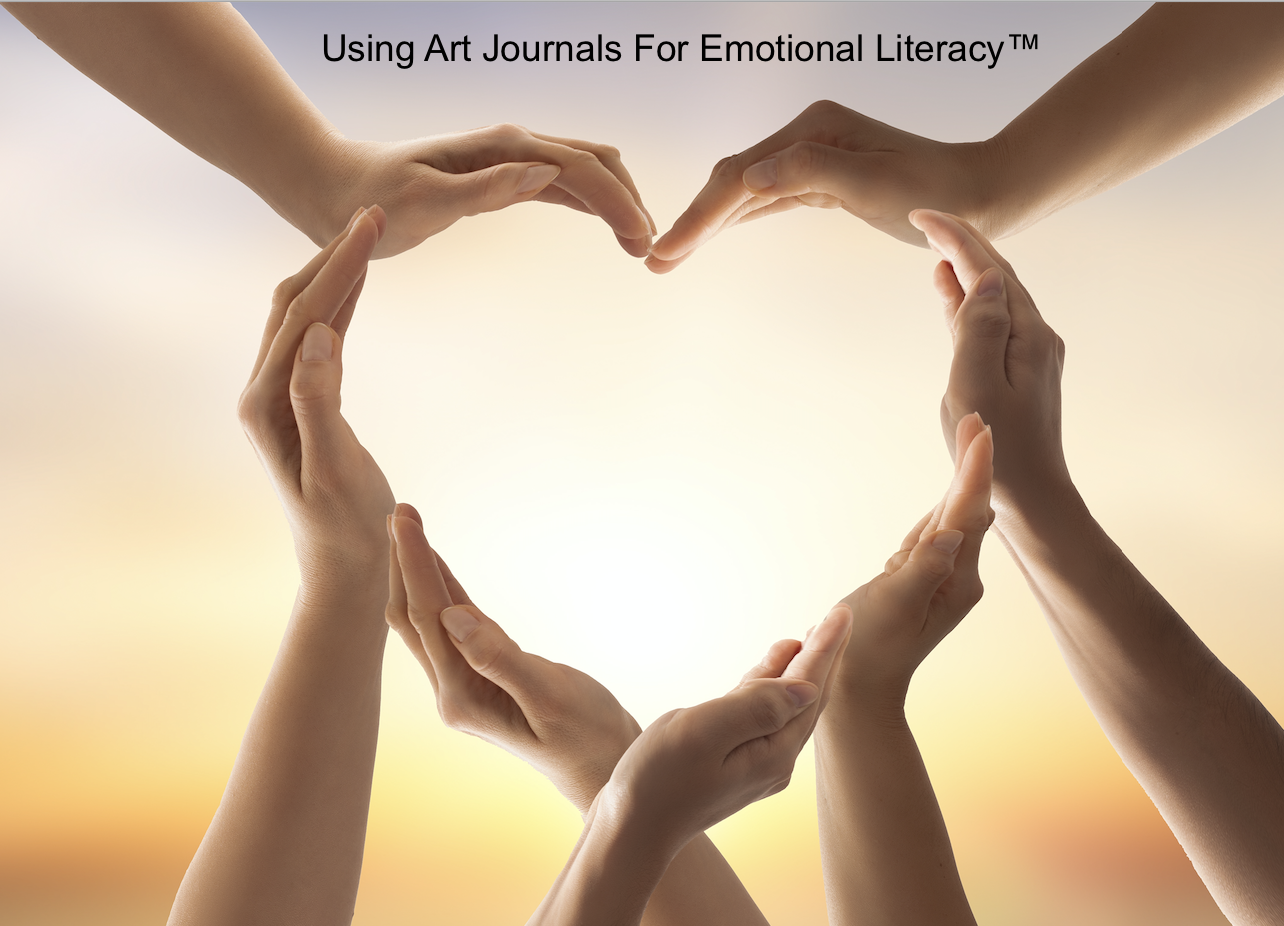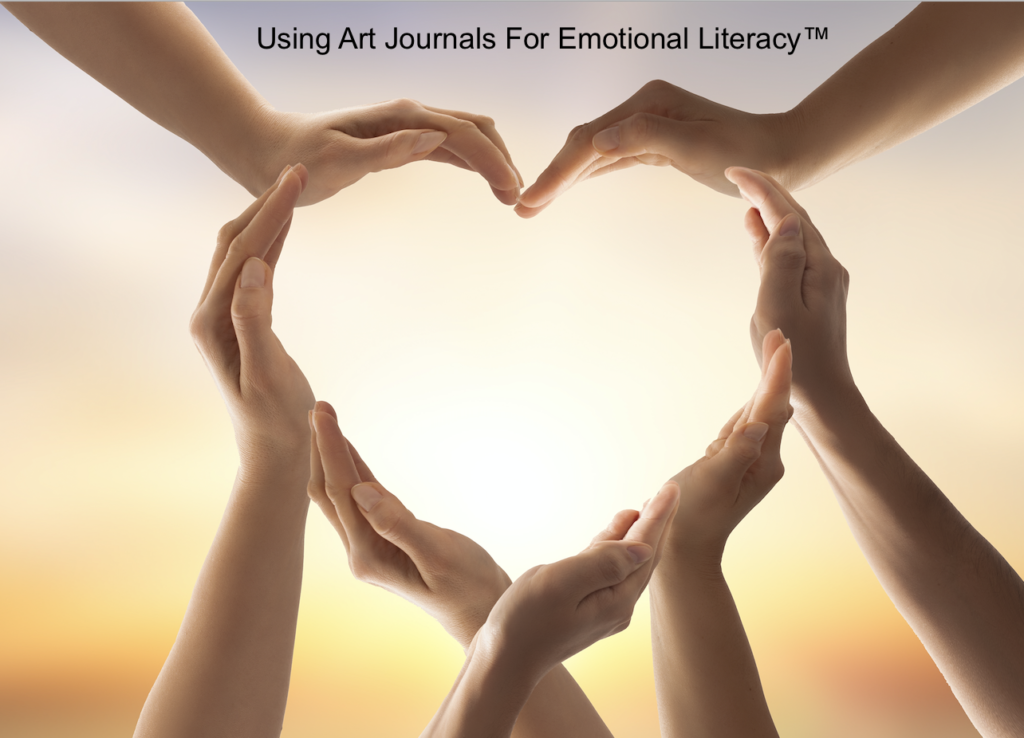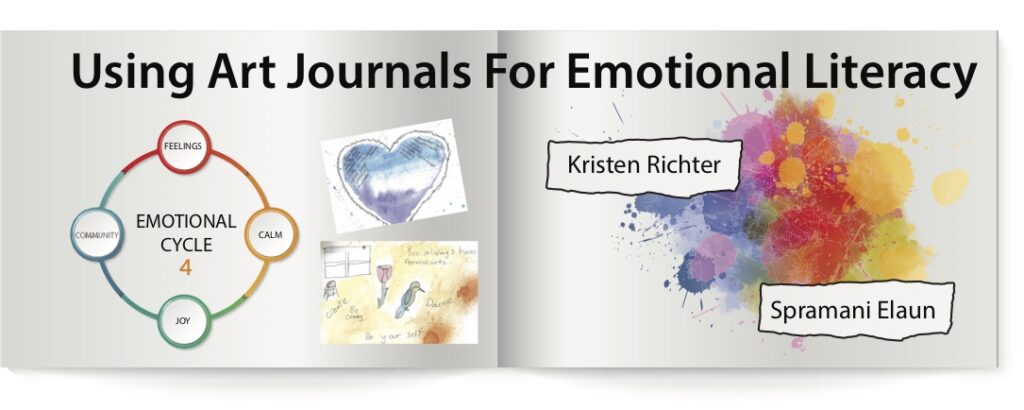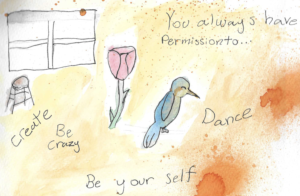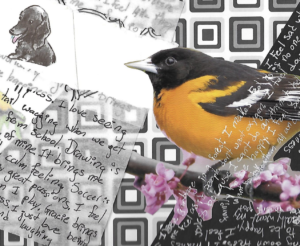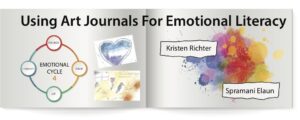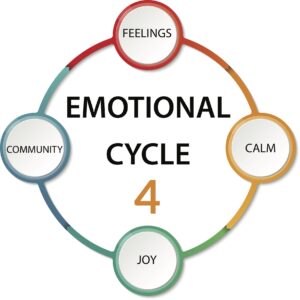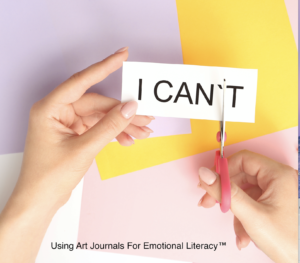You can support healthy cognitive development in children by making them aware of their own emotional intelligence. Children are already learning emotional cues from caregivers starting as early as infancy. Researchers have made important discoveries on how early educators can have a positive effect on social development, reported from the Institute of Medicine and National Research Council.

This research links the connection between early influences and their effects on a child’s social development. These lessons can have an effect on a child’s biological make-up and outward behavior in their social environments. Emotional neural connections wire early and have a fundamental way on how children process feelings and self regulate stress. Teaching children coping skills early is in fact possible with emotional literacy education.
“There is now strong evidence that early psy-chological and social adversities – beginning even during fetal development – can have important short- and long-term effects on the brain’s development and the way the brain and body handle stress. In addition to the brain, multiple systems are involved in the response to stress and can be affected by chronic adversity, including the immune system and the endocrine system.” The Board on Children, Youth, and families based on the report Transforming the Workforce for Children Birth Through Age 8, The National Academies of Sciences, Engineering, and Medicine, 2015
New Emotional Literacy Lessons
The good news – there’s now Montessori aligned emotional literacy lessons, based on current scientific research and best practices in social and emotional coaching. This method is specific to children and guides the adults to teach feelings in a natural, loving and safe manner. This Montessori emotional literacy framework builds on traditional Montessori classroom management strategies and practices, supporting the adult in daily interactions with students from the whole group to the individual child. By offering a variety of key vocabulary terminology, journal prompts, discussions topics and art lessons that intertwines emotional and art literacy all giving teachers tools to take emotional concepts into their daily practice in the classroom. Additionally, the curriculum meets the national core art standards – by fostering a sense of wellbeing in children.
The framework to this Montessori emotional literacy combines growth mindset and positive discipline philosophies, giving students healthy connections in a cooperative way to learn emotions by expressing in art journals identifying:
- Emotional Feelings & Empathy
- Self-regulating Calm & Mirroring Neurons
- Practicing Gratitude & Joy
- Social Emotional Community
- Art Journaling Practice
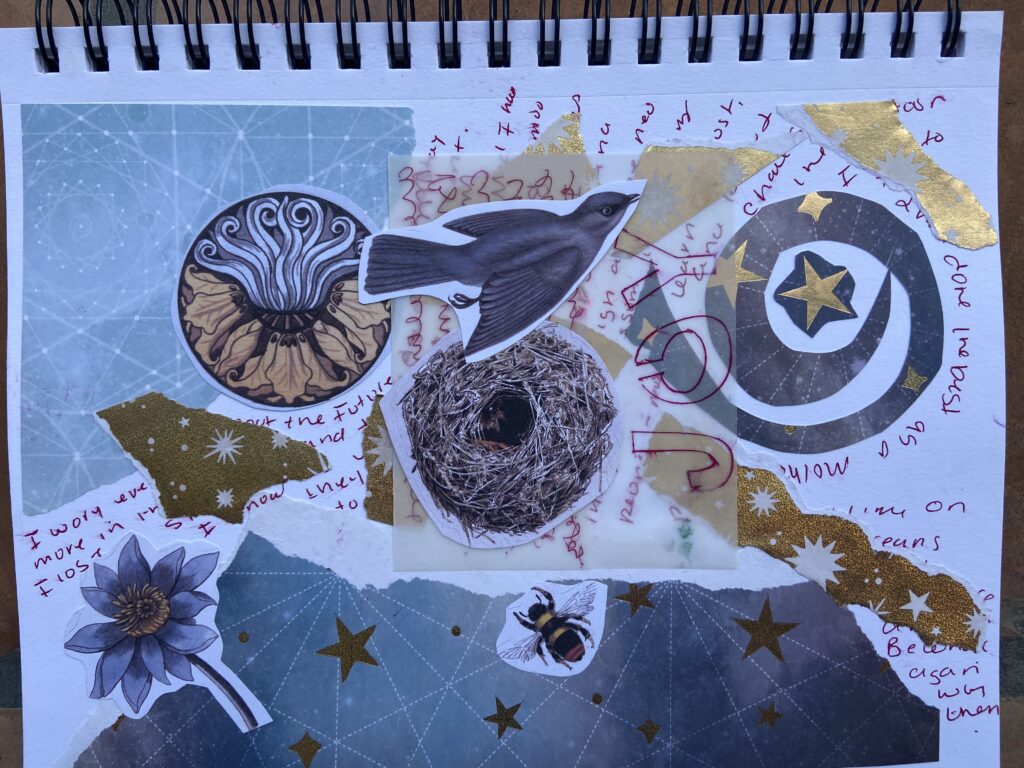
Emotional Literacy Benefits
The benefit for teachers to utilizing this up-to-date emotional art journal framework is three fold. One is to aid the teacher in a seamless integration of art literacy into the already rich Montessori curriculum. Two, is to provide focused journal reflections or discussions where children can begin to learn to regulate their own feelings. Emotional art journaling is not unconscious mindless doodling, but rather cognitive emotional intelligence strengthening exercises. And third, teachers provide the tools for reflections, but the children flow into creative outlets by turning their private journal pages into their own experience with personal touches they are proud of and enjoy doing.
In our personal work with art journals we’ve witnessed children make connections to their own emotions, learn to control outward behaviours, and self-regulate.
The curriculum is designed and facilitated by Kristen Richter – Montessori elementary teacher and certified Positive Discipline parent educator and teacher facilitator, and art facilitator Spramani Elaun.
Montessori Emotional Literacy Resources
Learn how you can bring Montessori aligned emotional literacy lessons into your classroom by joining Using Art Journals For Emotional Literacy™ community:
Weekly Live Discussion – Private Facebook Group Join Free HERE
Online Course – Using Art Journals For Emotional Literacy, 4 Week Masterclass, JOIN HERE
Monthly Online Subscription – Inner Circle Membership, Join HERE
E Newsletter – 5 Point Friday (brief short updates) Join HERE
Using Art Journal For Emotional Literacy™
All rights reserved © 2021





